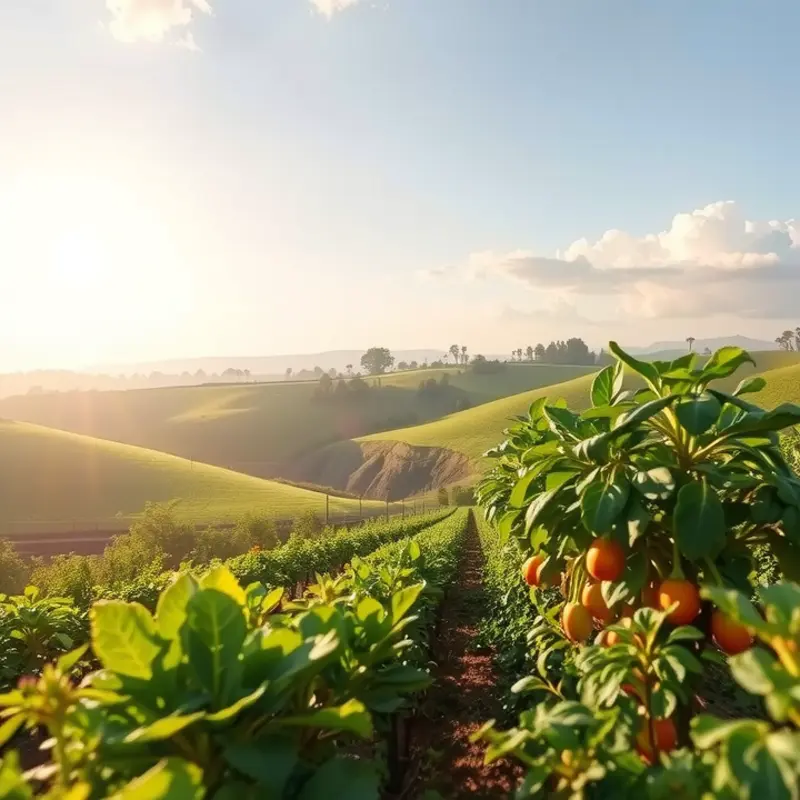Plastic containers are often seen as disposable, but with smart reuse, they can become invaluable tools in your kitchen. By safely repurposing these containers, you can reduce waste, save money, and improve food management at home. Knowing how to safely store food in these containers not only contributes to a more sustainable lifestyle but also keeps your food fresh and accessible. Here’s a straightforward guide to get you started on safely reusing plastic containers for food storage.
Identifying Safe Plastic Containers for Food Storage

Choosing the right plastic containers for food storage is crucial to ensure health and hygiene. Not all plastics are suitable for reuse, particularly when subjected to varying temperatures. To start, focus on identifying the recycling codes imprinted on the bottom of most containers. These codes, ranging from one to seven, denote the type of plastic.
Plastics marked with codes #1 (PET/PETE) and #2 (HDPE) are typically safe for reuse. PET is usually found in beverage bottles and is excellent for single-use. However, it should not be exposed to high temperatures as it can degrade and leach. HDPE is more robust and is commonly used for milk jugs and detergent bottles, making it suitable for reuse if properly washed and maintained.
Plastic #4 (LDPE) and Plastic #5 (PP) also pose safe options for food storage. LDPE, often used in bread bags and squeeze bottles, is known for its durability and flexibility. PP stands up well against heat and is frequently used in yogurt containers and takeaway packaging, making it a practical choice for hot meals.
Avoid reusing containers made from #3 (PVC), #6 (PS), or #7 (Other). These may contain harmful chemicals such as phthalates, styrene, or bisphenol A (BPA), which can leach toxins into food or drinks. Notably, #7 is a catch-all category that includes various plastics, some of which might be safe, like bio-based plastics, while others are not.
Besides the material, inspect your plastic containers for any signs of wear and tear. Scratches and cracks can harbor bacteria and compromise the safety of stored food. Ensure lids fit tightly and the containers do not have distorted shapes, which may affect sealing properties. Stained containers may also indicate chemical leaching, so it’s best to retire these.
Temperature tolerance is another critical factor. Consider whether a container is microwave or dishwasher-safe, typically indicated on the packaging or bottom of the container. Even if marked as safe, avoid using plastic in high-heat settings to extend its life and prevent any unwanted chemical reactions.
For those interested in sustainable practices, learning more about eco-smart kitchen storage can help minimize waste. Opting for safer and longer-lasting storage solutions not only preserves your health but also reduces the environmental footprint associated with single-use plastics.
By considering recycling codes, wear signs, and heat resistance, you can ensure your plastic containers are safe for multiple uses. This careful selection contributes to health and sustainability, preserving both personal and environmental well-being.
Best Practices for Storing Food in Plastic Containers

Plastic containers, when used correctly, can be an excellent solution for storing food while substantially reducing waste. Here, we explore some best practices to ensure food remains safe and fresh.
Airtight Sealing and Temperature Management
One of the primary considerations when storing food in plastic containers is ensuring a proper seal. Containers with airtight seals prevent air from entering, reducing the risk of spoilage and extending the freshness of the food. When sealing your containers, check that the lid fits snugly and is designed to be leak-proof.
Temperature also plays a vital role in preserving food quality. For most perishables, maintaining a refrigerator temperature of 34 to 40 degrees Fahrenheit is optimal. Freezing food requires temperatures at or below 0 degrees Fahrenheit. Introducing room-temperature or warm food into these environments can cause fluctuations that promote bacteria growth, so always cool hot items before storage.
Portioning Strategies for Longevity
Effective portioning can significantly amplify the benefits of using plastic containers. Portion perishable foods into meal-sized servings before refrigeration or freezing. This not only makes meal preparation more convenient but also reduces the risk of repeated thawing and refreezing, which can degrade food quality.
In some cases, it’s essential to allocate foods in smaller portions to allow more rapid cooling once stored. This aids in maintaining the internal temperature of the fridge or freezer, thus keeping all other stored items in optimum condition.
Labeling and Tracking Expiry Dates
Labeling containers is a straightforward yet crucial practice. Use erasable markers to write on the containers directly or use removable tags. Indicate the date of storage and estimated expiry date. For frozen goods, considering the specific shelf life of different items can aid in comprehensive tracking.
This tracking system can help rotate food efficiently, reducing waste dramatically. For further guidance on how to extend shelf life and minimize waste, the article Safer Storage of Sauces on our blog provides additional insights.
Additional Considerations
Be mindful of the types of foods stored in plastic containers. Acids from tomatoes and citrus can degrade certain plastics, affecting taste and safety. Choose containers specifically labeled as acid-resistant for such items.
By integrating these practices, you can ensure that your food storage is not only effective but also sustainable. Properly managed plastic containers can aid in maintaining food quality and safety, while helping significantly reduce food wastage.
Final words
Reusing plastic containers doesn’t have to be complicated. By understanding which containers are safe and following best practices for food storage, you’re well on your way to reducing waste and enhancing your home management. Stay mindful of expiration dates and proper sealing techniques to ensure your meals are kept fresh and safe. Making small changes in your food storage habits can have a significant impact on your sustainability efforts and bring more organization to your kitchen.







